What Is Pl Lens Mount ?
PL lens mount is a type of lens mount used in professional cinema cameras. It stands for "Positive Locking" and is characterized by a bayonet-style mount with a flange focal distance of 52mm. PL mount lenses are widely used in the film industry due to their robust construction, which allows for repeated lens changes without damaging the mount or the lens. They also offer a wide range of compatibility with different camera models and lens manufacturers. PL mount lenses are typically used for high-end productions, such as feature films, commercials, and music videos, where image quality and precision are critical. They are also popular among cinematographers who prefer manual focus and aperture control, as PL mount lenses often offer smooth and precise adjustments.
1、 Definition of PL lens mount
Definition of PL lens mount:
PL lens mount is a standard lens mount used in the film and video industry. It is a type of bayonet mount that allows for quick and easy attachment and detachment of lenses from the camera body. The PL mount was first introduced by ARRI in the 1970s and has since become the industry standard for professional cinema cameras.
The PL mount is designed to accommodate a wide range of lenses, including prime lenses, zoom lenses, anamorphic lenses, and specialty lenses. It has a flange focal distance of 52mm, which means that the distance between the lens mount and the film or sensor plane is fixed at 52mm. This allows for precise focusing and accurate depth of field control.
One of the advantages of the PL mount is its versatility. It can be used with a variety of camera systems, including ARRI, RED, Sony, and Canon. This makes it a popular choice among filmmakers who need to switch between different camera systems on a regular basis.
In recent years, there has been a growing trend towards using PL mount lenses on digital cinema cameras. This is because PL mount lenses are designed to cover the larger sensor sizes used in modern digital cinema cameras, such as the ARRI Alexa and RED Dragon. This allows filmmakers to achieve a cinematic look with digital cameras, which was previously only possible with film cameras.

2、 History of PL lens mount
What is PL lens mount?
PL lens mount is a standard lens mount used in the film and television industry. It was developed by ARRI in the 1970s and has since become the industry standard for professional cinema cameras. The PL mount is a bayonet-style mount that allows for quick and easy lens changes, making it ideal for use on film sets where time is of the essence.
The PL mount is designed to accommodate a wide range of lenses, including prime lenses, zoom lenses, anamorphic lenses, and specialty lenses. It has a flange focal distance of 52mm, which means that the distance between the lens mount and the film or sensor plane is fixed at 52mm. This allows for precise focusing and ensures that the image projected by the lens is properly aligned with the film or sensor.
History of PL lens mount
The PL lens mount was first introduced by ARRI in 1972 with the release of the ARRI 16SR camera. It was designed to replace the previous standard lens mount, the ARRI Bayonet mount, which was used on earlier ARRI cameras. The PL mount quickly became popular among cinematographers due to its versatility and ease of use.
Over the years, the PL mount has been adopted by other camera manufacturers, including RED, Sony, and Panavision. Today, it is the most widely used lens mount in the film and television industry.
The latest point of view on the PL mount is that it continues to be the industry standard for professional cinema cameras, and its popularity shows no signs of waning. However, with the rise of digital cinema cameras and the increasing use of interchangeable lens systems, there is a growing demand for new lens mounts that can accommodate a wider range of lenses and accessories. Despite this, the PL mount remains a reliable and versatile option for filmmakers and cinematographers.
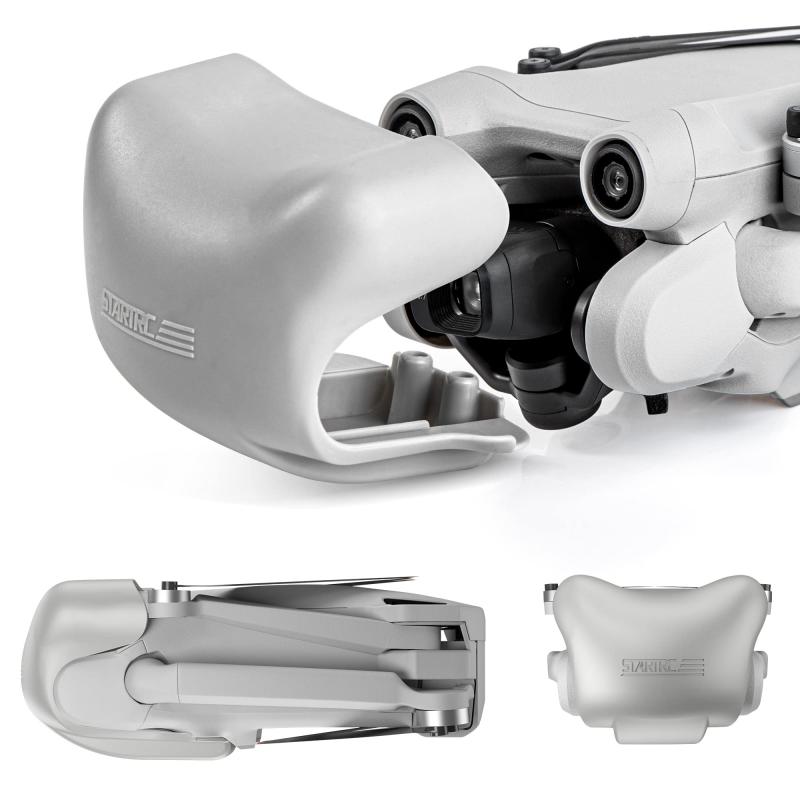
3、 Advantages of PL lens mount
What is PL lens mount?
PL lens mount is a standard lens mount used in the film and video industry. It stands for Positive Locking mount and is also known as Arri PL mount. It was introduced by Arri in the 1970s and has since become the industry standard for professional cinema cameras.
Advantages of PL lens mount:
1. Interchangeability: One of the biggest advantages of PL lens mount is its interchangeability. It allows cinematographers to use a wide range of lenses from different manufacturers, giving them more flexibility and creative control over their shots.
2. Durability: PL lens mount is designed to be durable and withstand the rigors of professional filmmaking. It has a positive locking mechanism that ensures the lens stays securely attached to the camera, even during intense action sequences.
3. Image Quality: PL lens mount is known for its superior image quality. It allows for precise alignment of the lens with the camera sensor, resulting in sharper and more accurate images.
4. Future-Proofing: PL lens mount is future-proof, meaning it will continue to be used in the industry for years to come. This makes it a wise investment for filmmakers who want to ensure their equipment remains relevant and usable in the future.
5. Latest Point of View: With the rise of digital cinema cameras, PL lens mount has become even more popular. Many of the latest high-end cinema cameras, such as the RED and ARRI cameras, use PL lens mount as their standard mount. This has further cemented its position as the industry standard for professional cinema cameras.
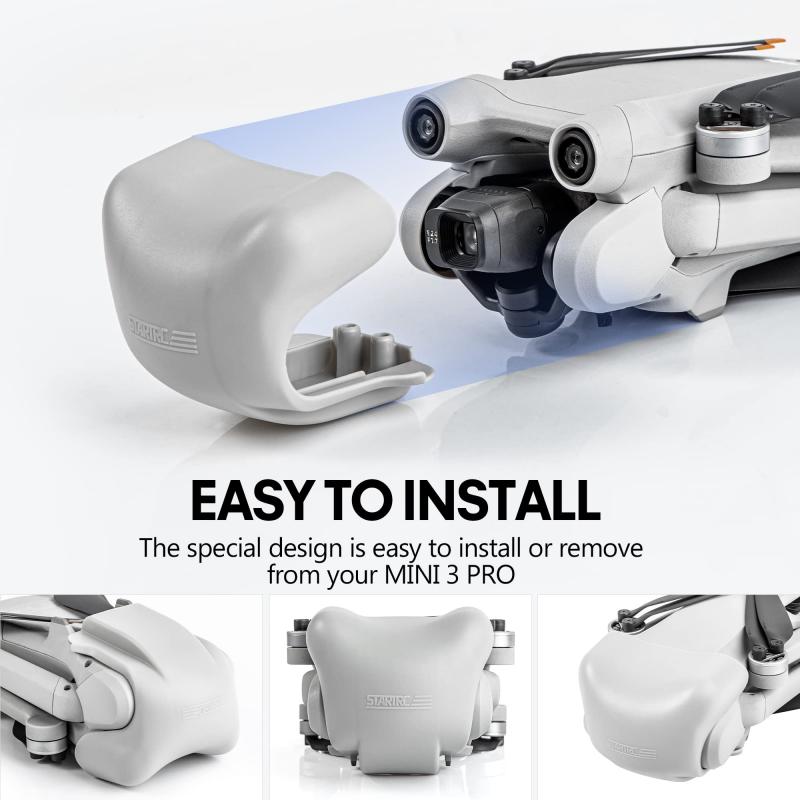
4、 Disadvantages of PL lens mount
What is PL lens mount?
PL lens mount is a standard lens mount used in the film and video industry. It stands for Positive Locking mount and is also known as Arri PL mount. It was developed by Arri in the 1970s and has since become the industry standard for professional cinema cameras. The PL mount is a bayonet-style mount that allows for quick and secure attachment of lenses to the camera body. It has a flange focal distance of 52mm, which means that lenses with a longer flange focal distance can be adapted to fit the mount.
Disadvantages of PL lens mount:
One of the main disadvantages of the PL lens mount is that it is not compatible with other lens mounts. This means that if you have a camera with a PL mount, you can only use lenses that are designed for that mount. This can be limiting if you want to use lenses from other manufacturers or if you want to switch to a different camera system.
Another disadvantage of the PL lens mount is that it is primarily designed for use with large, heavy cinema lenses. This can make it difficult to use with smaller, lighter lenses, which may not be well-balanced on the camera body. Additionally, the PL mount is not designed for autofocus or electronic communication between the lens and camera, which can be a disadvantage for some users.
However, it is worth noting that the PL lens mount is still widely used in the film and video industry due to its robustness and reliability. It is also compatible with a wide range of high-quality cinema lenses, which can produce stunning image quality. Additionally, many modern cinema cameras now offer electronic communication with PL mount lenses, which can provide additional functionality and control.










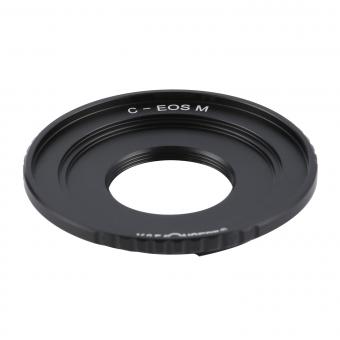








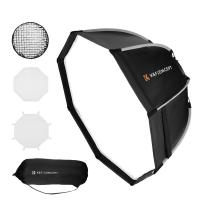






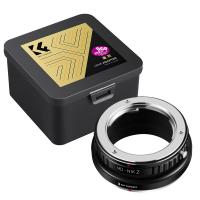
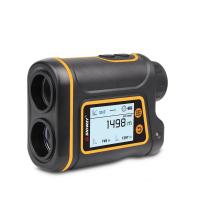
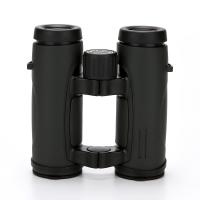
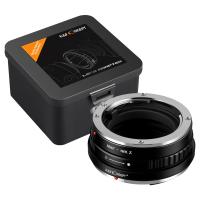


There are no comments for this blog.